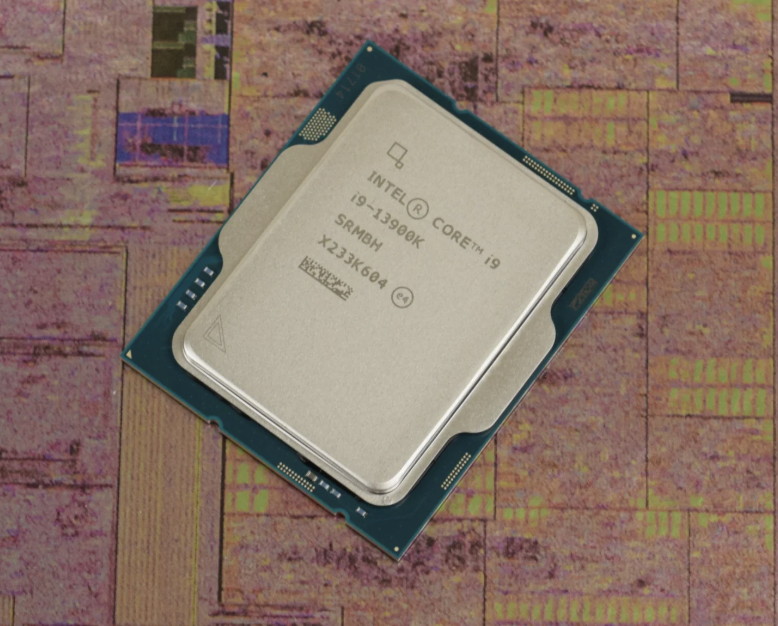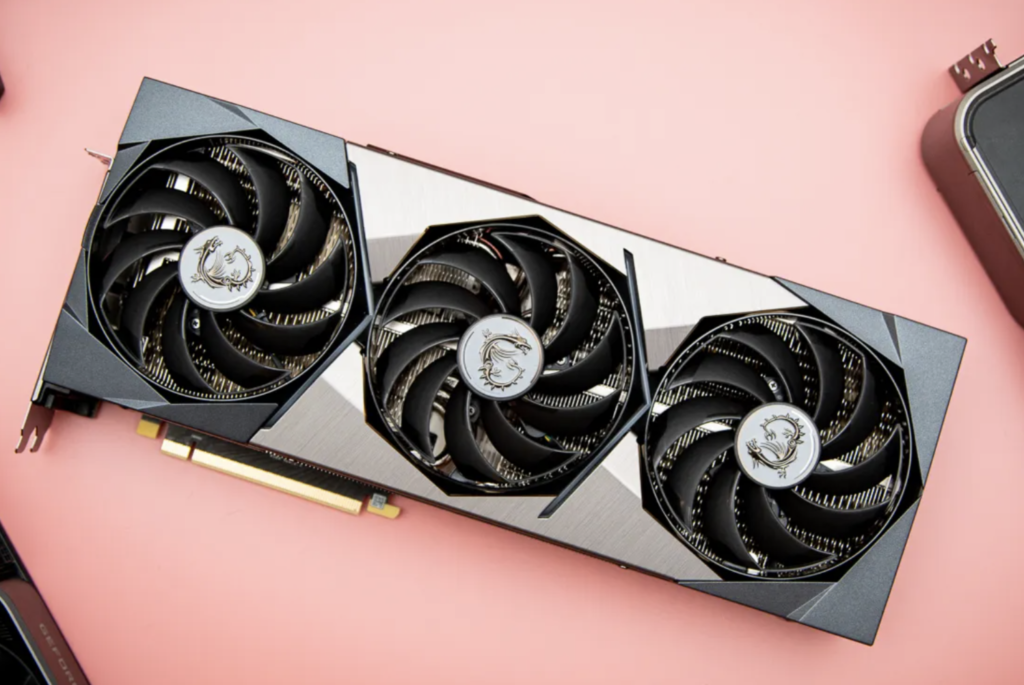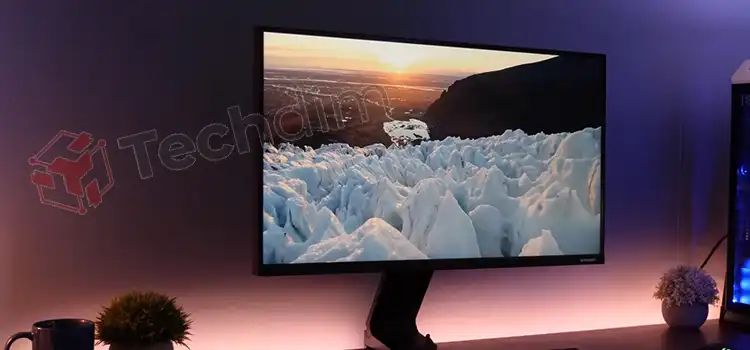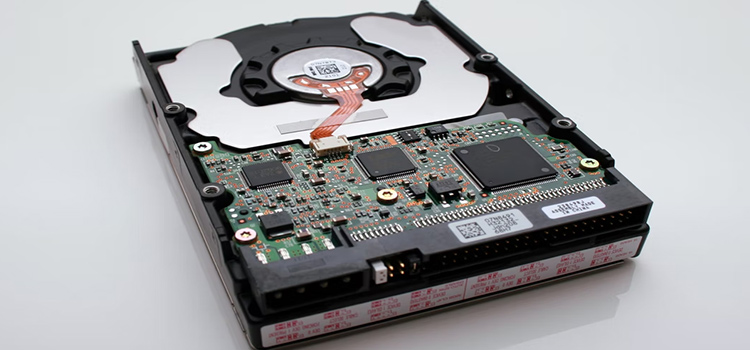Overclocking and Power Consumption: How Far Can You Push Your System Before It Burns Out?
If you’ve ever dabbled in the world of PC performance, you’ve heard the term overclocking. It’s that sweet spot where your CPU or GPU runs faster than the manufacturer intended, unlocking extra performance and making your system feel like a beast. But here’s the thing—while overclocking can supercharge your gaming, productivity, or rendering, there’s a dark side to pushing your hardware past its limits: power consumption. So, let’s dive deep into the real cost of overclocking and whether the extra FPS and performance are worth the electricity bill.
What is Overclocking?
At its core, overclocking is the practice of running your processor or graphics card at higher speeds than their factory settings. This is usually done by tweaking the clock speed, which determines how many instructions a processor can execute per second.
- CPU Overclocking: This involves increasing the clock speed of your processor, which means it can handle more operations per second. Simple math: Faster CPU = Faster System.
- GPU Overclocking: The same principle applies here, but in the case of your graphics card, you’re increasing the speed at which it renders frames in a game or handles graphical workloads.
Overclocking is typically done by enthusiasts who want to extract every ounce of performance from their hardware. And for the hardcore folks, it’s often about bragging rights. I mean, what’s cooler than telling your friends that your CPU runs at a blistering 5 GHz?
But here’s the twist: More speed equals more power, and more power often means your electricity bill could skyrocket.
The Hidden Cost: Power Consumption
We’ve all heard the saying, “Nothing in life is free,” but when it comes to overclocking, power isn’t just expensive, it’s a real consideration for your system’s longevity.
The Power Equation
When you overclock a component like your CPU or GPU, you’re essentially telling it to do more work, faster. To do that, it needs more power to handle the increased load. This increased power translates to heat, and with heat comes the need for better cooling.
Let’s take a closer look at some real-world data to see how power consumption escalates as we push hardware beyond its limits:
Intel i9-13900K Overclocking
- Base TDP (Thermal Design Power): 125W
- Overclocked TDP (With Increased Voltages): 250W
- Power Draw (Gaming Load): Around 300W under heavy stress.

As you can see, the increase in power draw from overclocking the Intel i9-13900K is almost double its stock power consumption. That means if you’re playing your favorite AAA game or running benchmarks with an overclocked CPU, you’re looking at a significant bump in energy use. And let’s not forget, this only applies to the CPU. Throw in the GPU and the rest of your system, and things can get out of hand.
NVIDIA RTX 3080 Overclocking
- Base Power Consumption: 320W
- Power Draw (Overclocked): Up to 380W

When overclocking the RTX 3080, the power draw increases significantly. While you might not notice the increase during light web browsing or office tasks, the moment you start gaming at 4K or running 3D rendering software, that power drain becomes much more noticeable.
Can Overclocking Affect Your Electricity Bill?
Let’s say your system normally draws around 600W at peak performance. After overclocking, it might jump to 800W or more. Here’s where the math gets spicy:
- Base Power Consumption: 600W
- Overclocked Power Consumption: 800W
- Running System for 5 hours per day over 30 days:
- 600W * 5 hours/day = 3,000 Wh/day = 3 kWh/day
- 800W * 5 hours/day = 4,000 Wh/day = 4 kWh/day
Now, the average electricity price in the US is around $0.13 per kWh.
- Base Monthly Cost: 3 kWh/day * 30 days * $0.13 = $11.70
- Overclocked Monthly Cost: 4 kWh/day * 30 days * $0.13 = $15.60
That’s an additional $3.90 per month just for overclocking. While that may not break the bank, it’s definitely something to consider for long-term use. And keep in mind, that’s just for the CPU and GPU—other components like your RAM, SSD, and motherboard also consume power.
Real Cost Over the Long Term
What happens if you overclock 24/7? Let’s look at the potential costs over the span of a year:
- Base System Consumption: 3 kWh/day * 365 days = 1,095 kWh/year at $0.13 per kWh = $142.35/year
- Overclocked System Consumption: 4 kWh/day * 365 days = 1,460 kWh/year at $0.13 per kWh = $190.80/year
That’s an additional $48.45 per year. Overclocking isn’t a huge drain, but if you’re running a few machines or gaming all day, it adds up. You might also want to take into account the fact that increased power use leads to more heat, which, if not managed properly, can cause thermal throttling or long-term damage to components.
How to Control Power Consumption While Overclocking
So, what can you do to enjoy the benefits of overclocking without your system becoming a furnace and your bank account draining?
1. Use Adaptive Overclocking
Many modern CPUs and GPUs come with built-in “adaptive” overclocking. This means that your system can dynamically adjust its clock speed depending on the workload. For example, your CPU might be overclocked under load but drop back down when idle. This keeps power consumption in check.
2. Optimize Your Cooling System
Better cooling means your system can handle higher power consumption without throttling or overheating. Invest in a decent liquid cooler, high-performance air coolers, or even custom cooling solutions if you’re serious about overclocking.
3. Don’t Push Your Hardware to the Max
You don’t need to push your hardware to its maximum limits to see meaningful performance gains. Overclocking a few hundred MHz can still offer decent performance boosts without the catastrophic power increases.
4. Monitor Your System
Tools like MSI Afterburner (for GPU) or Intel Extreme Tuning Utility (for CPUs) can help you keep an eye on your system’s power draw and temperature. If you notice things getting too hot or your system is drawing too much power, scale it back.
5. Consider Efficiency Over Maximum Speed
When overclocking, it’s easy to get carried away with the numbers. But at some point, the performance gains might not be worth the extra power consumption. Consider balancing the two—something like a mild overclock might give you a sweet spot between performance and power efficiency.
Is Overclocking Worth It?
To wrap things up, overclocking definitely offers performance gains, and for many enthusiasts, it’s well worth it. But that increased performance comes at a cost. Power consumption increases, meaning your system will use more energy, generate more heat, and likely cost you more in electricity bills.
If you’re just dipping your toes into the overclocking pool, consider incremental adjustments rather than cranking everything to 11. By balancing performance and power consumption, you can squeeze out those extra frames without turning your PC into a furnace. And if you’re really serious about it, maybe invest in a solar panel or two to offset those electricity costs (just kidding… or am I?).
Overclocking boosts performance but increases power consumption. That extra 5 GHz comes with a side of electricity bill spikes. Keep it moderate, and maybe save the wild overclocking for weekends or when your wallet is feeling a little heavier.
Subscribe to our newsletter
& plug into
the world of technology





